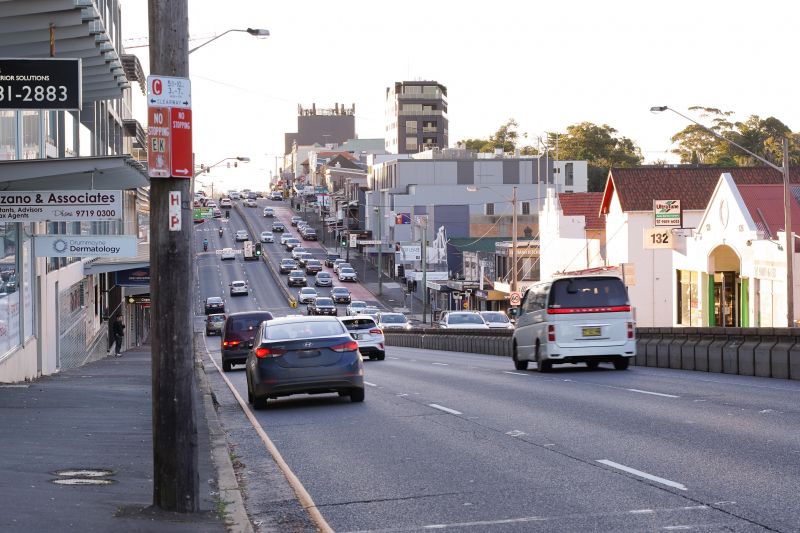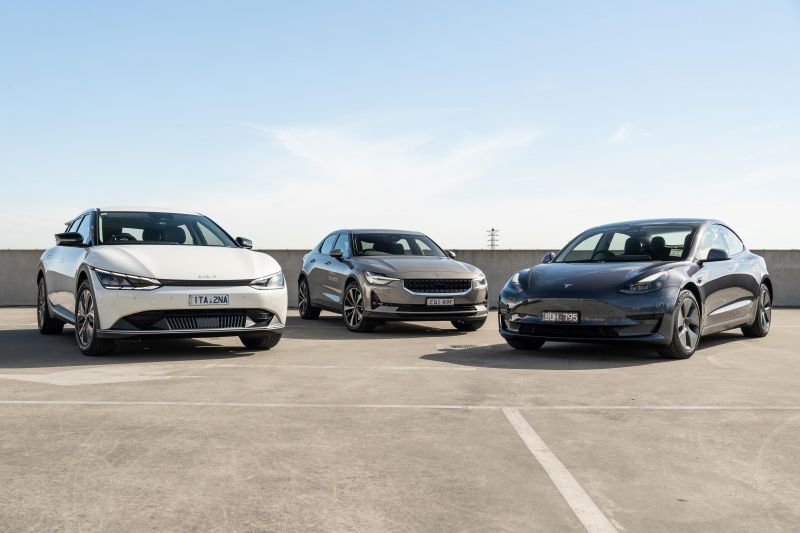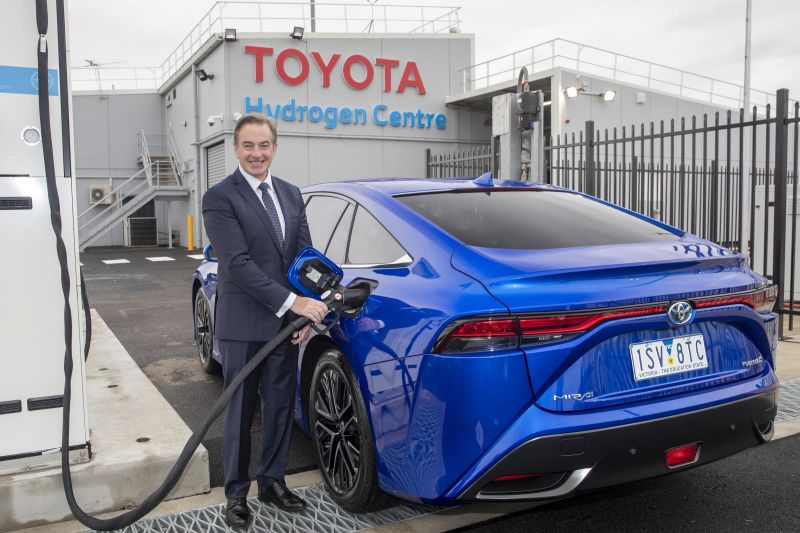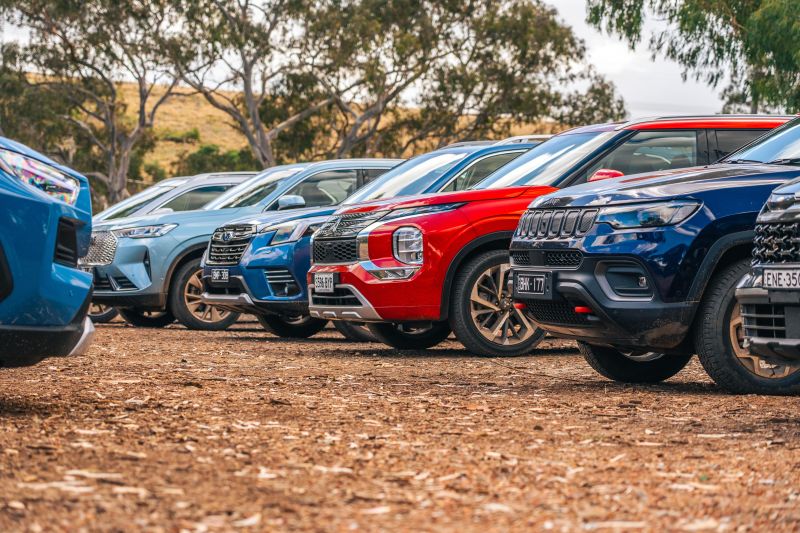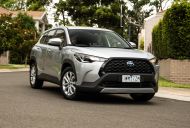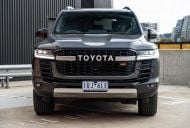The bulk of Australia’s automotive peak bodies came together in Canberra this week for a rare show of unity, to work out what the country’s vehicle industry policy should look like over the coming decades.
The point of this Industry Summit was to determine generally held positions backing a “considered and practical transition and electrification” of the national vehicle fleet, which each member will then lobby for.
In times of unparalleled change, it makes sense that every facet of the motoring world wants input into policy. Moreover, there’s no doubt the government would rather work with a united front than diverse interest groups coming at them from all angles.
National, State and Territory-based bodies gathered around the negotiating table represented businesses involved in making, selling, distributing, leasing, servicing, accessorising, wrecking, and recycling vehicles – in other words, they cover the industry from start-of-life to end-of-life.
They include the Federal Chamber of Automotive Industries for the car brands; the Australian Automotive Dealer Association; the National Automotive Leasing & Salary Packaging Association; the Australian Automotive Aftermarket Association; and the Motor Trades Association of Australia.
They came together on 25 “principles” which, despite frequent clashes in the court of public opinion and behind closed doors, they claim to share.
These include mandating CO2 reduction targets to push OEMs into importing more low-emission vehicles for people to choose.
However, no support for specific BEV-only sales targets has come out in the wash, with the focus placed on outcomes rather than technologies, thereby ensuring the car brands stay engaged.
The consensus was to oppose ACT-style bans in new petrol and diesel cars post-2035 which they feel “limit consumer choice and remove options for meeting car owners’ needs and Australia’s emission reduction targets”.
“Our message to Government is simple. You give us the target, and we will give you the technology to get there,” says the FCAI’s chief Tony Weber, representing 50-plus car brands.
This technology will largely be EV-based whether their market share is mandated or not, we’d hasten to add, but also leaves a door ajar for hydrogen, e-fuels and hybridisation.
Another shared principle was supporting Federal Government develop its ‘National Zero and Low Emission Vehicle (ZLEV) Electrification Transition Strategy’ that takes into account all facets of the car business – supplying cars, keeping them mobile, and recycling them at end of life.
Related to this, the various bodies lined up against any expansion of today’s mostly State- and Territory-based EV rebates and tax cuts, which largely popped up in the absence of federal positions under the Morrison government.
“Ensuring Government targets and milestones are ideally Federally led (or at least nationally consistent), are realistic, supported by facts and sound qualitative data, and applied to an Australian context,” is how it was put.
There was also talk around “maintaining the safety, security, service, repair, and efficiency” of the legacy internal combustion engine fleet, which will comprise the majority of vehicles on the road for decades to come.
The organisations as a group said they “welcomed and congratulated” the Albanese Labor Government for its push to remove Fringe Benefits Tax on zero-emission cars and PHEVs, as put to Parliament this week with a backdated start time for the Bill of July 1.
Sales of BEVs currently amount to a measly 2.0 per cent of the Australian new car market, miles behind most developed regions. PHEV uptake is even lower.
MORE: Australia’s best-selling EVs in the first half of 2022
MORE: Why the car lobby wants more CO2 regulation from new government
MORE: What electric car buyer incentives are offered across Australia?

